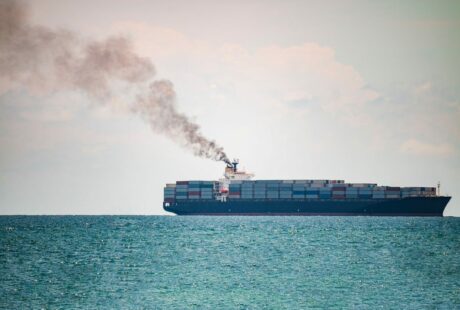A new Seas At Risk report assessing the potential of the shipping industry to cut its GHG emissions has concluded that if the main fleet sectors make full use of existing fleet overcapacity they could reduce emissions by as much as a third.
A new Seas At Risk report assessing the potential of the shipping industry to cut its GHG emissions has concluded that if the main fleet sectors make full use of existing fleet overcapacity they could reduce emissions by as much as a third.
The study, entitled “Going Slow to Reduce Emissions” was undertaken by C.E. Delft and will be presented today (24th March) at a side event at the 60th session of the International Maritime Organisation’s (IMO) Marine Environment Protection Committee.
If you slow ships down you need more ships to move the same amount of cargo in a given time and this has been one of the arguments used against reducing the speed of ships.
However, this study shows that for the most important fleet segments – tankers, bulk carriers and container ships – the recent economic downturn has resulted in sufficient overcapacity in the fleet to cut emissions by around 30% by slow steaming.
Moreover, the study assumes levels of speed reduction that are consistent with the safe and reliable operation of ship engines and that do not require the retrofitting of new equipment.
In short, this study shows that the current overcapacity in the fleet presents the global shipping industry with a golden opportunity to make substantial reductions in GHG emissions in the short term.
This is particularly important given the urgent need to peak emissions in the next few years if global warming is to be kept well below 2 degrees and catastrophic consequences avoided.
Speed reduction is an important part of the package of measures that will be necessary if the shipping industry is to make a proper contribution to the very large cuts in emissions that are necessary to avoid runaway climate change.
The report’s presentation coincides with an important stage in IMO deliberations concerning the technical, operational and market-based approaches to tackle GHG emissions from shipping.
Importantly, speed reductions of the kind identified in this report are consistent with the IMO Secretary General’s statement that the means chosen to reduce emissions must be realistic, pragmatic, workable, cost-effective and, above all, well-balanced.
The industry has to some extent already started slow steaming, but the potential for GHG emission reductions is huge and the development of measures to encourage and facilitate the shift should be a priority for the IMO.
Posted on: 24 March 2010



